

Articles
How To Store Lillet Blanc
Modified: January 5, 2024
Learn how to store Lillet Blanc properly with these helpful articles. Discover the best tips and tricks for preserving the flavor and quality of this popular aperitif.
(Many of the links in this article redirect to a specific reviewed product. Your purchase of these products through affiliate links helps to generate commission for Storables.com, at no extra cost. Learn more)
Introduction
Lillet Blanc is a popular aperitif wine known for its refreshing taste and versatility. Whether enjoyed on its own, mixed in cocktails, or used as an ingredient in various recipes, Lillet Blanc offers a delightful experience for the senses. However, to fully appreciate its flavors and maximize its shelf life, proper storage is essential.
In this article, we will explore the different factors to consider when storing Lillet Blanc and share some helpful tips to ensure its longevity. By understanding the optimal storage conditions and taking the necessary precautions, you can preserve the quality and taste of your Lillet Blanc for extended periods.
Let’s dive into the details and discover how you can store your beloved Lillet Blanc to maintain its freshness and ensure an enjoyable drinking experience.
Key Takeaways:
- Proper storage of Lillet Blanc is crucial for preserving its flavors and quality. Factors such as temperature, light exposure, and bottle orientation play key roles in maintaining the wine’s integrity and taste.
- Choosing the right storage location, controlling temperature and humidity, and paying attention to cork maintenance are essential for preserving the delicate flavors and aromas of Lillet Blanc. By following these guidelines, you can ensure a delightful drinking experience.
Read more: How To Store Sauvignon Blanc
Understanding Lillet Blanc
Lillet Blanc is a French aperitif wine crafted from a mix of white wine grapes and citrus liqueurs. Its unique blend of flavors, including orange, honey, and botanicals, makes it an excellent choice for those looking for a crisp and aromatic drink.
Lillet Blanc is known for its pale golden color and smooth, velvety texture. It offers a balance of sweetness and bitterness, with a subtle citrusy tang that adds a refreshing twist to any cocktail or aperitif.
One of the key characteristics of Lillet Blanc is its versatility. It can be enjoyed on its own, served over ice with a twist of citrus, or used as a base in popular cocktails like the classic Vesper Martini or the elegant Corpse Reviver No. 2.
When it comes to storing Lillet Blanc, understanding its composition and vulnerability to external factors is crucial. Like any other wine or liquor, Lillet Blanc can be affected by improper storage conditions, leading to a loss of flavor and quality over time.
In the following sections, we will discuss the factors to consider when storing Lillet Blanc and how you can ensure optimal conditions to preserve its delicate taste and aroma.
Factors to Consider when Storing Lillet Blanc
Proper storage is essential to maintain the quality and taste of your Lillet Blanc. There are several factors to consider when storing this aperitif wine:
1. Temperature: Temperature plays a significant role in the aging process of any wine, including Lillet Blanc. It is important to store your Lillet Blanc at a consistent temperature, ideally between 45°F (7°C) and 65°F (18°C). Fluctuations in temperature can cause the wine to expand and contract, affecting its taste and potentially damaging the bottle.
2. Humidity: Humidity levels can impact the condition of the cork and prevent it from drying out. Aim for a humidity range of 50% to 80% to keep the cork moist and maintain the proper seal. This will help prevent oxygen from entering the bottle and spoiling the wine.
3. Light Exposure: Exposure to light, especially ultraviolet (UV) rays, can be detrimental to the quality of Lillet Blanc. UV rays can break down the compounds in the wine, leading to a loss of flavor and color. It is advisable to store Lillet Blanc in a dark place, away from direct sunlight or strong artificial light sources.
4. Bottle Orientation: Keeping the bottle in an upright position can help minimize the risk of leakage and potential damage to the cork. Unlike traditional wines that benefit from storing on their side to keep the cork moist, Lillet Blanc’s fortified and liqueur components make it less susceptible to cork drying. Storing it upright helps maintain the integrity of the seal.
5. Air Exposure: Minimizing exposure to air is crucial to preserving the freshness of Lillet Blanc. Once opened, the wine starts to oxidize and its flavors begin to deteriorate. To extend the shelf life of Lillet Blanc after opening, consider using a vacuum sealer or transferring the remaining wine to a smaller bottle to reduce the amount of air in contact with the wine.
6. Storage Location: Choosing the right storage location is vital. Avoid areas subject to extreme temperatures or temperature fluctuations, such as near heaters, ovens, or refrigerators. Optimal storage locations include a cool, dark cellar, a temperature-controlled wine fridge, or a dedicated liquor cabinet.
By considering these factors, you can create an ideal environment for storing your Lillet Blanc and ensure that each bottle retains its quality and flavor for an extended period.
Choosing the Right Storage Location
When it comes to storing Lillet Blanc, selecting the right storage location is crucial to maintain its flavor and quality. Here are some factors to consider when choosing a storage location:
1. Temperature Control: Look for a storage area with temperature control options. Lillet Blanc is best stored at a consistent temperature between 45°F (7°C) and 65°F (18°C). Avoid areas with extreme temperature fluctuations, as this can impact the wine’s stability and taste.
2. Darkness: Light exposure can be harmful to Lillet Blanc, as it can cause the wine to deteriorate and lose its flavor. Choose a storage location away from direct sunlight or strong artificial light. If you don’t have a dark area available, consider storing the Lillet Blanc in an opaque wine bag or wrapping the bottle with a cloth to protect it from light.
3. Ventilation: Proper air circulation is important when storing Lillet Blanc. Avoid storing the wine in a cramped space where air cannot flow freely around the bottles. Good ventilation helps maintain a stable environment and prevents any potential musty odors or mold growth.
4. Stability: Ensure that the chosen storage location is stable and secure. Vibrations from nearby appliances, footsteps, or heavy traffic can disturb the sediment in the wine and affect its taste. Look for a storage area that is free from excessive movement to keep your Lillet Blanc undisturbed.
5. Accessibility: Consider how easily you can access your Lillet Blanc when needed. If you plan to enjoy a glass of Lillet Blanc regularly, you may want to keep it in a location that is easily reachable and convenient. However, if you are storing it for long-term aging, you may choose a slightly less accessible location.
6. Fragrance-Free Environment: Avoid storing Lillet Blanc in an area with strong odors, as the wine can absorb them and affect its aroma and taste. Opt for a storage location that is free from strong-smelling substances or chemicals.
By considering these factors, you can choose the right storage location for your Lillet Blanc, ensuring that it remains in optimal condition and ready to be enjoyed whenever you desire.
Temperature and Humidity Control
Controlling the temperature and humidity levels is crucial when storing Lillet Blanc to preserve its freshness and flavor. Here’s how to ensure optimal conditions:
1. Temperature: Keep your Lillet Blanc in a cool and consistent temperature environment. The ideal temperature range for storing Lillet Blanc is between 45°F (7°C) and 65°F (18°C). Avoid extreme temperature fluctuations, as they can negatively impact the wine’s aging process. Rapid temperature changes can cause expansion and contraction, potentially damaging the bottle and affecting the taste.
2. Humidity: Maintaining the correct humidity levels is equally important. Aim for a humidity range of 50% to 80% to keep the cork moist and secure a proper seal. The right humidity prevents excessive drying of the cork and minimizes the risk of air entering the bottle, which can oxidize the wine and degrade its quality. Consider using a hygrometer to monitor the humidity levels in your storage area.
3. Avoid Temperature Fluctuations: Fluctuating temperatures can harm the quality of Lillet Blanc. Avoid storing the wine in areas that experience rapid temperature changes, such as near a heat source or in a location prone to sunlight exposure. This can disrupt the aging process and impact the flavor profile of the wine.
4. Wine Refrigerator: If you have a large collection of Lillet Blanc or other wines, investing in a wine refrigerator or cellar can provide ideal temperature and humidity control. These specialized storage units are designed to maintain a constant temperature and humidity level, ensuring optimal conditions for wine preservation.
5. Cellar or Dark Room: If you don’t have access to a wine refrigerator, consider storing your Lillet Blanc in a cellar or a dark room. These spaces typically provide a naturally cool and dark environment, which helps in maintaining the desired temperature and preventing light exposure.
6. Avoid Extreme Cold: While it’s important to keep Lillet Blanc cool, extreme cold temperatures, such as freezing, should be avoided. Freezing can cause the wine to expand, potentially pushing the cork out and damaging the integrity of the bottle.
By controlling the temperature and humidity levels in your storage area, you can ensure that your Lillet Blanc remains in optimal condition, preserving its vibrant flavors for your enjoyment.
Store Lillet Blanc in a cool, dark place away from direct sunlight and heat sources. Once opened, keep it tightly sealed and refrigerated to maintain its freshness and flavor.
Read more: How Much Sugar In A Glass Of Sauvignon Blanc
Light Exposure
Protecting Lillet Blanc from light exposure is vital for maintaining its quality and preserving its delicate flavors. Here’s why light exposure is a concern and how to minimize its effects:
1. UV Rays: One of the main culprits of wine degradation is exposure to ultraviolet (UV) rays. UV rays can break down the complex compounds in Lillet Blanc, leading to flavor changes and color deterioration. It is essential to shield the wine from direct sunlight and other sources of UV light.
2. Clear or Green Bottles: Lillet Blanc is typically packaged in clear or green glass bottles. These types of bottles offer little protection against UV rays. Unlike darker-colored bottles, which filter out a significant portion of UV light, clear and green bottles allow more light to penetrate through, exposing the wine to potential damage.
3. Dark Storage: To prevent light exposure, store Lillet Blanc in a dark location, away from direct sunlight or strong artificial light sources. A wine cellar, a closet, or a dedicated liquor cabinet can provide the ideal dark storage environment.
4. UV-Protected Glass: If you plan to display your Lillet Blanc or store it in an area exposed to natural or artificial light, consider using UV-protected glass containers or wine bags. These specially designed containers are made to block UV rays and provide an additional layer of protection for your wine.
5. Light-Blocking Wraps: In situations where you don’t have access to UV-protected containers, you can wrap the Lillet Blanc bottle in a light-blocking material, such as a cloth, to shield it from direct light exposure. This makeshift solution can help mitigate the effects of light on the wine.
6. LED Lighting: If you store your Lillet Blanc in a space with artificial lighting, consider using LED lights instead of traditional incandescent or fluorescent bulbs. LED lights emit a lower amount of UV rays, reducing the potential damage to the wine.
7. Avoid Displaying for Extended Periods: While showcasing your Lillet Blanc collection can be visually appealing, prolonged display under bright lights can impact the wine’s quality. Consider periodic rotation of the bottles or using opaque covers to shield them from direct light when not on display.
By being mindful of light exposure and taking appropriate measures to safeguard your Lillet Blanc, you can ensure that it remains in optimal condition and preserves its delightful flavors and aromas.
Bottle Orientation
The orientation in which you store your Lillet Blanc bottles can impact their quality and longevity. Here are some considerations regarding bottle orientation:
1. Upright Position: Unlike traditional wines that are typically stored on their sides to keep the cork moist, Lillet Blanc bottles are best stored upright. The fortified and liqueur components of Lillet Blanc make it less susceptible to cork drying. Storing the bottle upright helps maintain the integrity of the seal and minimizes the risk of potential leaks.
2. Sedimentation: Lillet Blanc is not usually associated with the same level of sedimentation as some red wines. However, over time, some solid particles or tartrate crystals may form in the bottle. When storing Lillet Blanc upright, these particles are more likely to settle at the bottom of the bottle, making it easier to separate them from the wine when poured.
3. Minimize Disturbance: Consistently storing Lillet Blanc in an upright position can help minimize disturbances to the wine. Frequent movement or disturbing the bottle can agitate the sediments and affect the overall taste and clarity of the wine. By keeping the bottle upright, you help maintain the wine’s stability over time.
4. Age Considerations: If you plan to age your Lillet Blanc for an extended period, storing it upright is even more important. As the wine ages, it may become more susceptible to oxidation and contact with the cork may negatively impact the flavors. Storing the bottle upright minimizes the surface area of contact and helps maintain the wine’s integrity.
5. Label Visibility: Storing Lillet Blanc bottles upright allows for easy visibility of the labels. This can be beneficial if you have a collection of different vintages or if you want to showcase the bottles. It also makes it convenient to identify the specific Lillet Blanc bottle you desire without having to move or disturb other bottles.
6. Exception to Upright Storage: While upright storage is generally recommended for Lillet Blanc, there may be exceptions. For instance, if you have an unfinished bottle of Lillet Blanc, you can consider temporarily storing it on its side to keep the remaining liquid in contact with the cork, preventing excessive air exposure. However, it’s best to consume the remaining wine promptly to prevent deterioration.
By storing Lillet Blanc bottles in an upright position, you can ensure their stability, minimize potential disturbances, and preserve their quality over time. As a result, you can savor the delightful flavors of Lillet Blanc whenever you choose to enjoy a glass.
Cork Maintenance
Proper cork maintenance is essential to ensure the quality and longevity of your Lillet Blanc. Here are some tips to help you care for the cork:
1. Check for Damage: Before storing or opening a bottle of Lillet Blanc, examine the cork for any visible damage or signs of mold. Damaged or compromised corks can allow air to enter the bottle, leading to oxidation and spoilage of the wine. If you notice any issues with the cork, consider replacing it or consuming the wine as soon as possible.
2. Moisture Control: While Lillet Blanc corks are less prone to drying out compared to traditional wine corks, it is still important to keep them adequately moist. Maintain a suitable humidity level in your storage area to prevent the cork from drying out over time. This helps ensure a proper seal and protects the wine from excessive oxygen exposure.
3. Storage Position: Storing Lillet Blanc bottles upright ensures that the cork remains in contact with the wine, helping to keep it moist and the seal intact. When opening a bottle, be mindful of the position of the cork, and avoid pushing or twisting it excessively, as this can cause damage. Use a reliable corkscrew to carefully extract the cork without any unnecessary force.
4. Proper Opening Technique: When opening a bottle of Lillet Blanc, use a gentle, controlled motion to ensure that the cork is removed smoothly. This helps prevent any cork particles from falling into the wine, which can affect the taste and texture. Avoid using excessive force or using tools other than a corkscrew, as they can damage the cork and compromise the seal.
5. Resealing Options: If you have leftover Lillet Blanc after opening a bottle, it’s important to reseal it properly to maintain its freshness. Use a wine stopper or airtight bottle closure to minimize air exposure. These tools help preserve the flavors and aromas of the wine and extend its shelf life.
6. Consider Cork Alternatives: If you find that traditional corks are not meeting your needs, consider alternative closure options, such as synthetic corks or screw caps. These closures provide a reliable seal and can be beneficial for preserving the quality of Lillet Blanc, especially if you tend to consume the bottles relatively quickly.
By paying attention to cork maintenance, you can ensure that the seal remains intact and the Lillet Blanc retains its quality and flavors, enhancing your overall wine-drinking experience.
Additional Tips for Storing Lillet Blanc
Proper storage of Lillet Blanc is key to preserving its flavors and ensuring an enjoyable drinking experience. Here are some additional tips to consider:
1. Avoid Temperature Extremes: While it’s important to keep Lillet Blanc cool, avoid exposing it to extreme temperatures. High temperatures can accelerate the aging process and result in a flat, unappealing taste. Similarly, extremely low temperatures can affect the wine’s texture and lead to potential bottle damage.
2. Keep Away from Strong Odors: Lillet Blanc has delicate flavors and aromas that can be easily influenced by strong odors. Avoid storing it near pungent substances like cleaning products, spices, or other strong-smelling items. This will help preserve the wine’s unique characteristics.
3. Avoid Temperature Shocks: Rapid temperature fluctuations can be detrimental to Lillet Blanc. Avoid moving the bottles from extreme cold to extreme heat or vice versa, as this can impact the wine’s stability and compromise the flavor profile. Gradual temperature changes are less likely to affect the wine negatively.
4. Minimize Air Exposure: Once a bottle of Lillet Blanc is opened, it begins to oxidize. To extend its shelf life, promptly consume the wine or use techniques to minimize air exposure. Consider using vacuum sealers, wine stoppers, or transferring the remaining wine to a smaller bottle to reduce the amount of air in contact with the wine.
5. Monitor Storage Conditions: Regularly check the storage conditions of your Lillet Blanc. Ensure that the temperature and humidity levels remain within the recommended range. Use a thermometer and hygrometer to monitor these factors, especially if you’re storing the wine for an extended period.
6. Take Note of Vintages: If you have multiple bottles of Lillet Blanc from different vintages, it’s good practice to keep track of the wine’s aging potential. While Lillet Blanc is not typically aged like traditional wines, certain vintages may develop unique characteristics over time. Consider tasting the different vintages periodically to appreciate their evolving flavors and determine the ideal time to enjoy them.
7. Enjoy Lillet Blanc at its Peak: Ultimately, Lillet Blanc is meant to be enjoyed. Take note of the intended serving suggestions and recommendations provided by the producer. Each bottle of Lillet Blanc has its own optimal time frame for consumption, and drinking it at its peak will ensure the best taste experience.
By following these additional tips, you can enhance the longevity and quality of your Lillet Blanc, preserving its delightful flavors and ensuring a fantastic drinking experience each time.
Conclusion
In conclusion, proper storage of Lillet Blanc is essential to maintain its flavors, aromas, and overall quality. By considering various factors such as temperature, humidity, light exposure, bottle orientation, and cork maintenance, you can ensure that your Lillet Blanc remains in optimal condition for an extended period.
Choosing the right storage location, such as a cool, dark cellar or a temperature-controlled wine refrigerator, will provide a stable environment for your Lillet Blanc. Avoiding extreme temperatures and fluctuations, as well as protecting the wine from light exposure, are crucial steps to preserve its delicate flavors and prevent deterioration.
Storing Lillet Blanc bottles upright helps to maintain a proper seal and minimize disturbances, while also making it easier to spot and select the desired bottle. Taking care of the cork by checking for damage and keeping it adequately moist contributes to the overall preservation of the wine’s quality.
Additional tips, such as avoiding temperature shocks, minimizing air exposure after opening, and monitoring storage conditions, are valuable in ensuring the longevity and enjoyment of your Lillet Blanc collection.
Remember to savor your Lillet Blanc at its peak, as each vintage may have its own unique characteristics and ideal time frame for consumption. Throughout the storage process, it’s crucial to strike a balance between preserving the wine and ultimately enjoying it.
By implementing these guidelines and incorporating best practices for storing Lillet Blanc, you can extend its shelf life, maintain its delightful flavors, and elevate your drinking experience. Now, it’s time to go forth, store your Lillet Blanc with care, and look forward to indulging in its refreshing and versatile charm.
Frequently Asked Questions about How To Store Lillet Blanc
Was this page helpful?
At Storables.com, we guarantee accurate and reliable information. Our content, validated by Expert Board Contributors, is crafted following stringent Editorial Policies. We're committed to providing you with well-researched, expert-backed insights for all your informational needs.
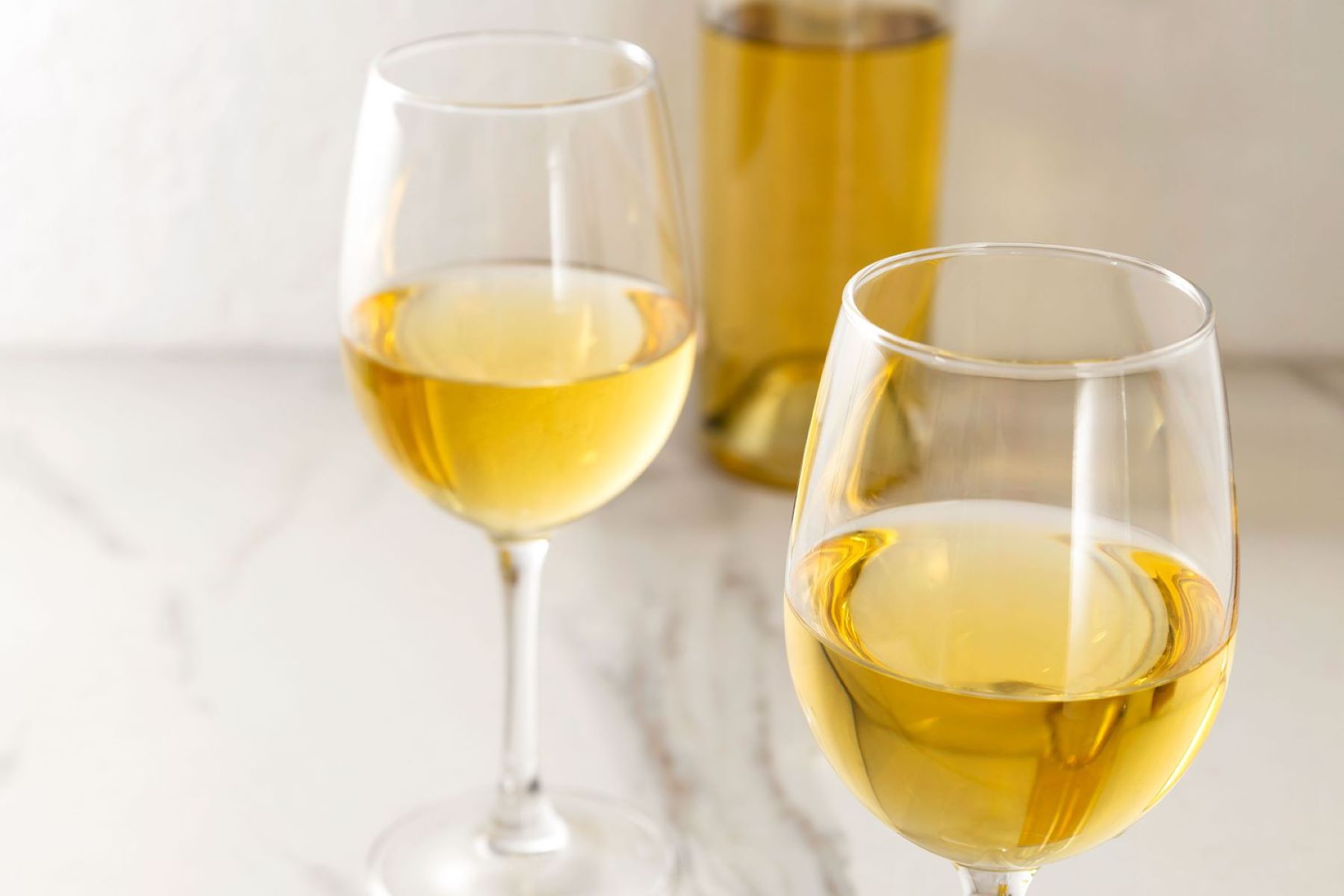



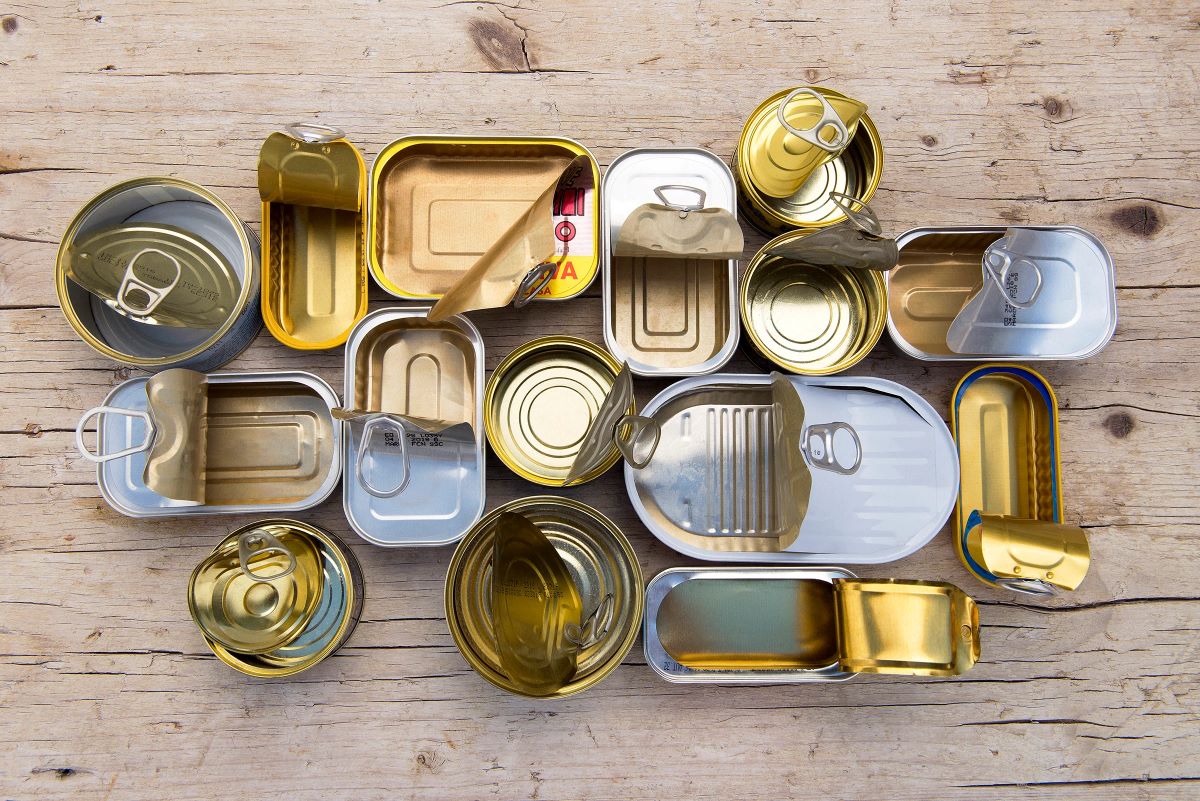



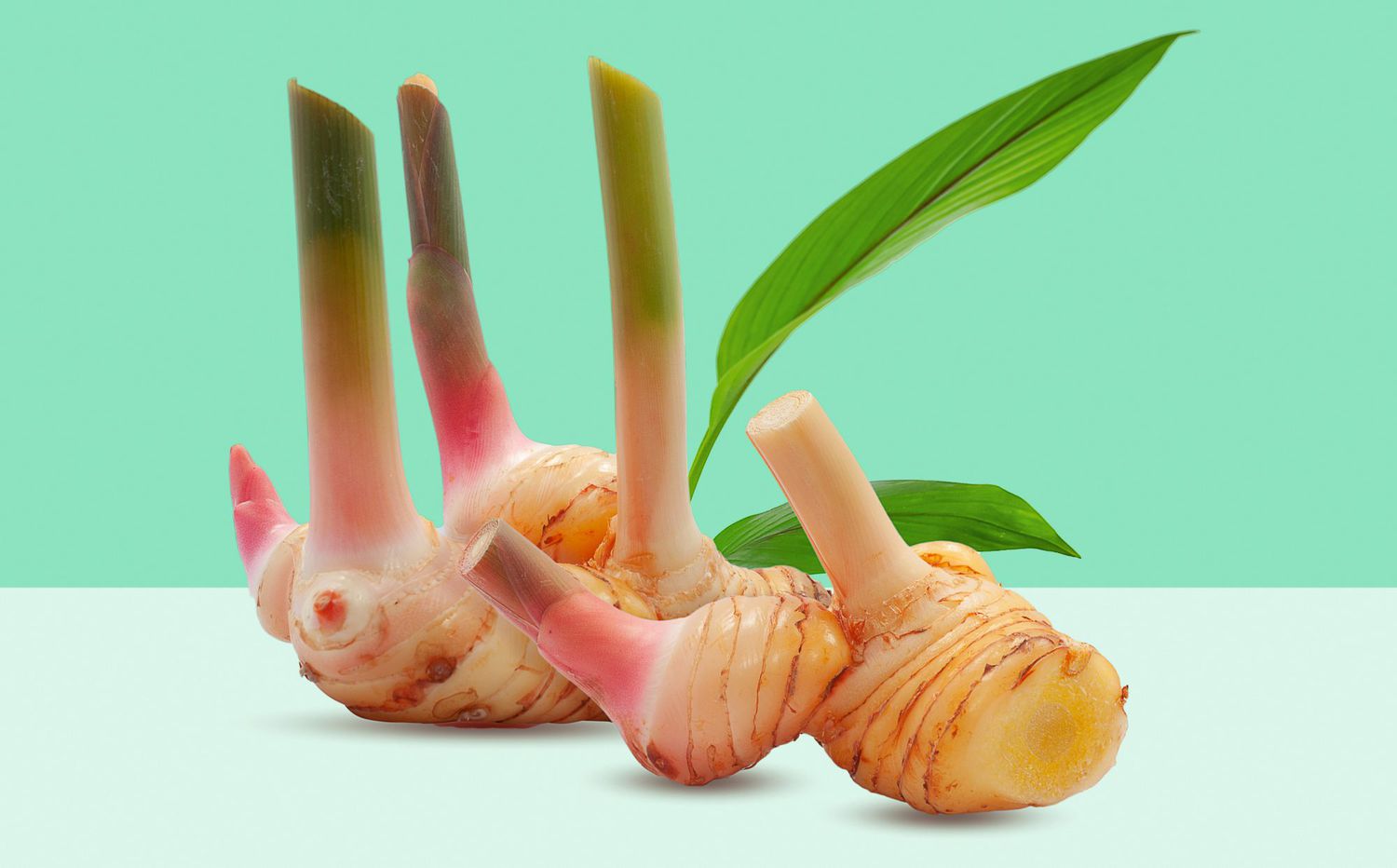
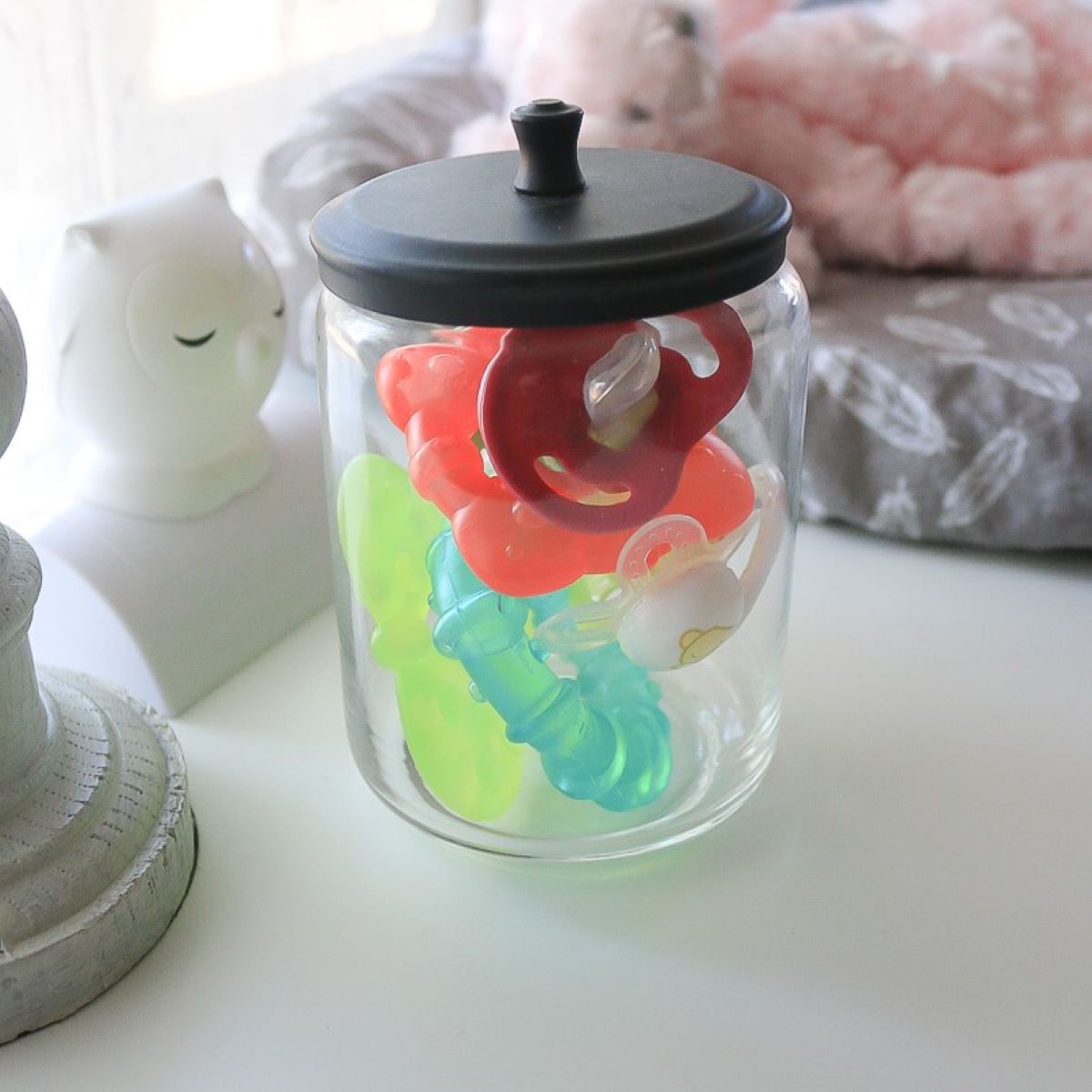

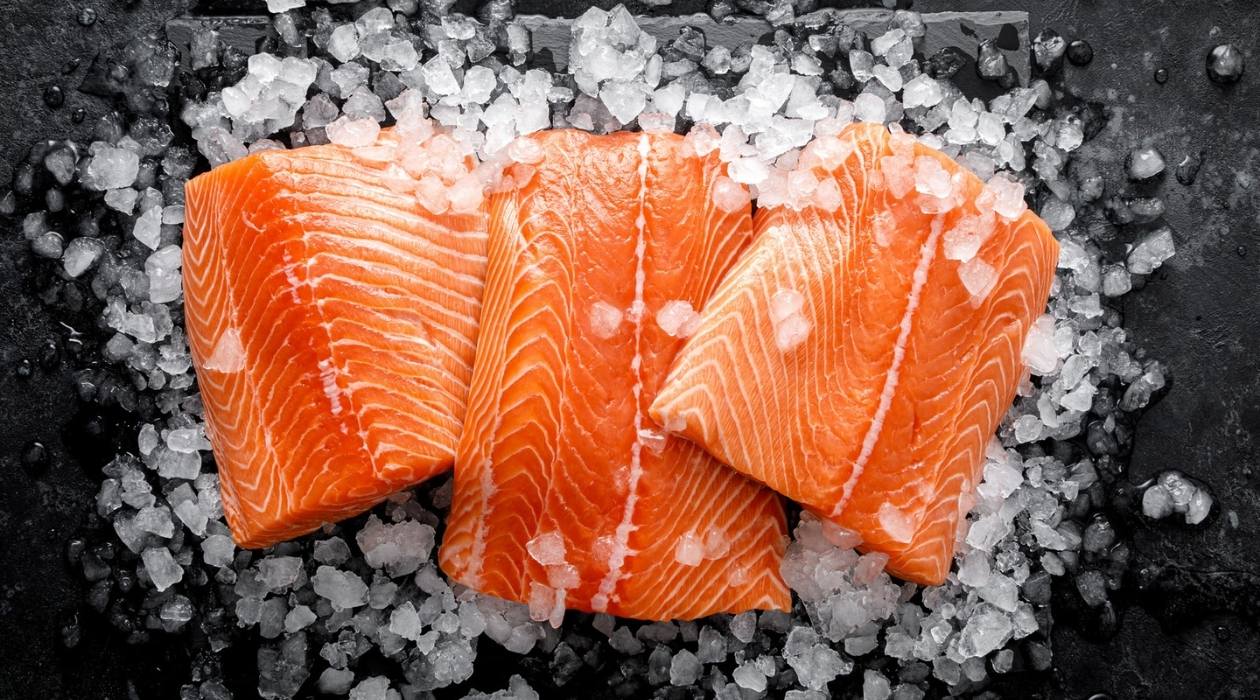


0 thoughts on “How To Store Lillet Blanc”